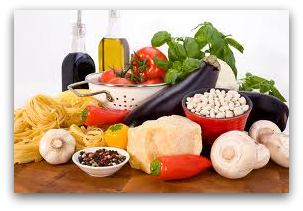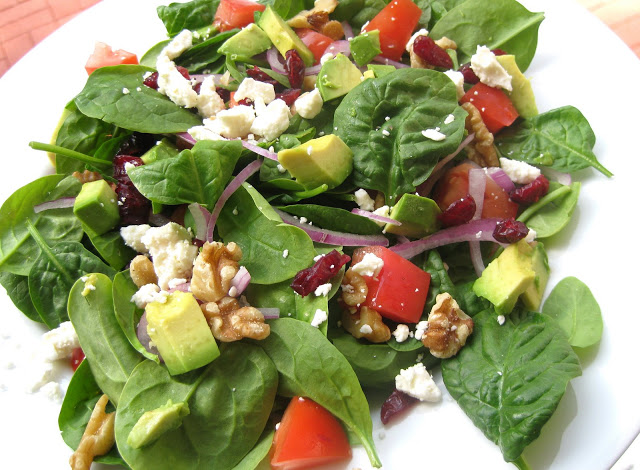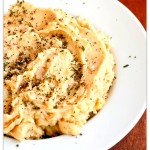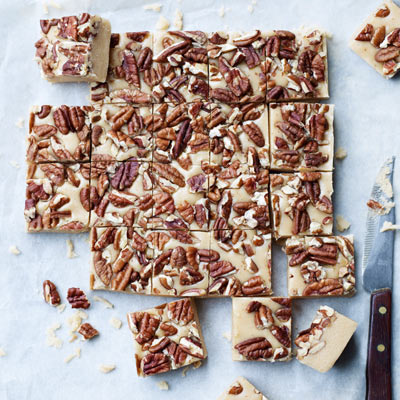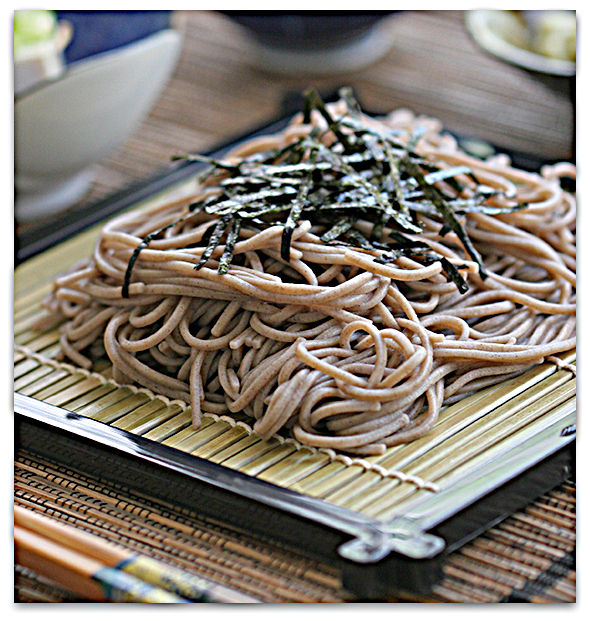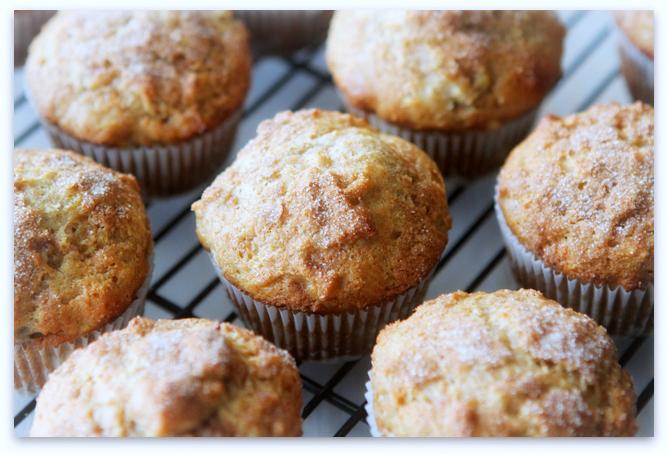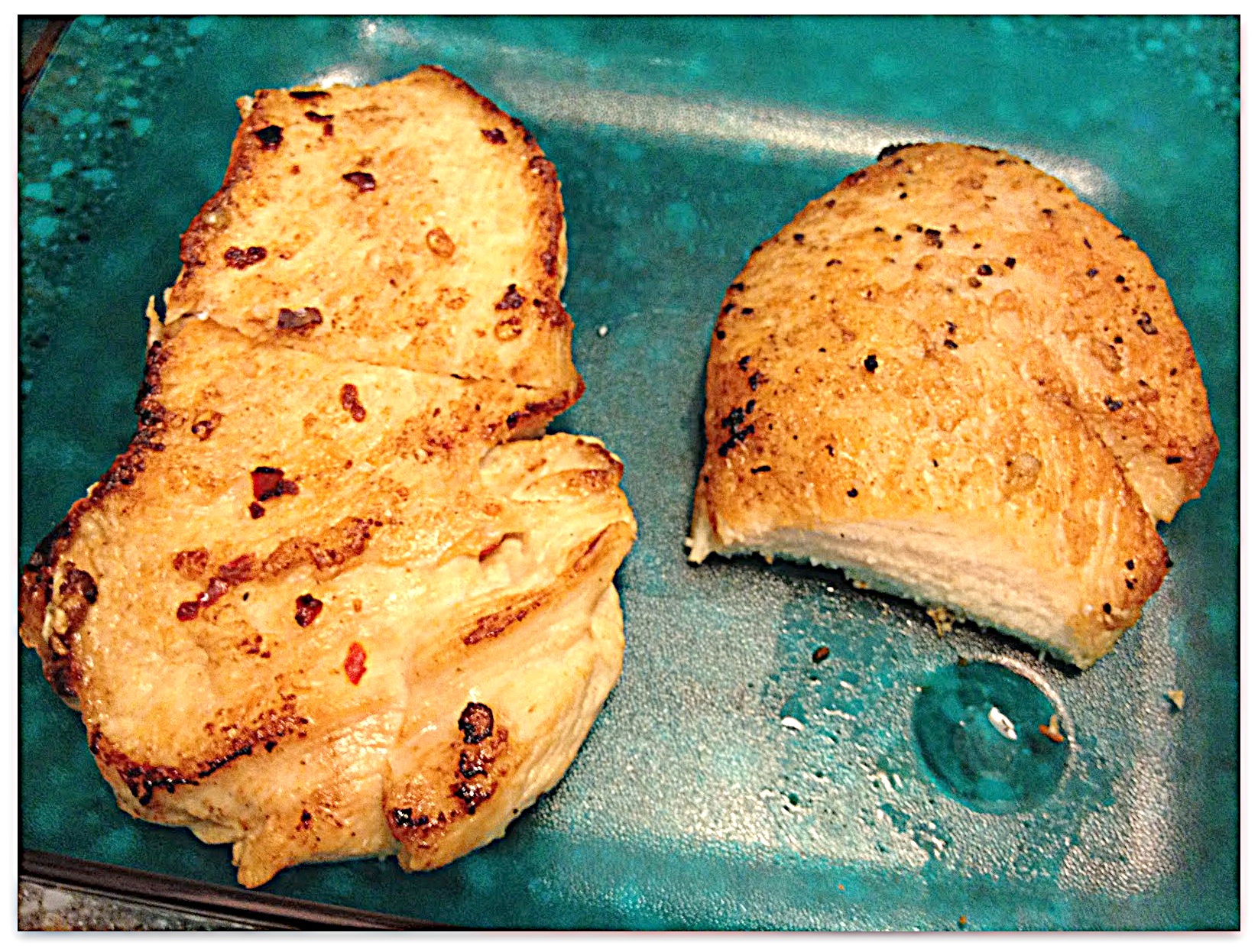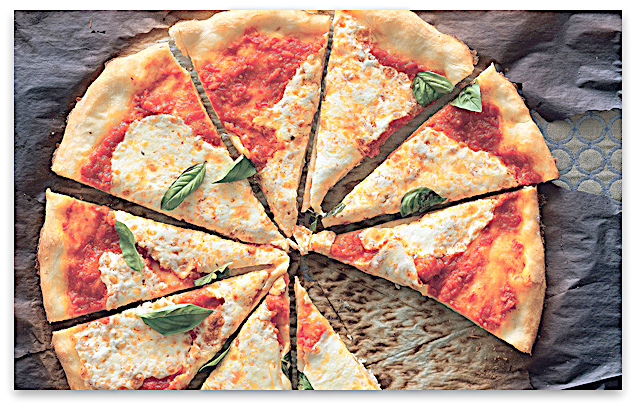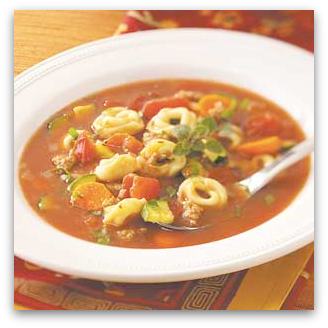Do you cook with Italian flavors and ingredients? If so, how do you stock your pantry? Here are 10 pantry favorites for Italian cooking, with some no-brainers (uh, pasta) and other more exotic picks (ancient Roman fish sauce, anyone?), and with links back to some of our favourite brands.
Pasta – Oh, pasta, where would we be without you? My (Calabrian, originally) husband would riot if we didn’t eat pasta at least once week. My new favorite pasta shape is these hand-stamped croxetti discs. I also love the (temporarily?) discontinued anelletti pasta rings from Trader Joe’s, and the little orecchiette (pictured above). Try one of these 22 fast, fresh pasta dishes from our archives.
Olive Oil – Olive oil is such a staple; it spans Italian food and more. But a good finishing oil is really essential, and an affordable luxury, too. Here’s a look back at yesterday’s roundup of all things olive oil.
Canned Tomatoes and Tomato Paste – While we all love fresh tomatoes, canned tomatoes are a pantry staple in months when good tomatoes aren’t available. Lately we’ve been concerned with finding BPA-free tomato packaging. Also, we love this tomato paste in a tube.
Garlic – We use heads of garlic in our Italian cooking — the more the better! You can prep it mince it with a fork. Here’s another way to way to peel it, and tips for mincing it the old-fashioned way.
Parmesan and Grana Padano – Parmesan is another essential, of course; we love the really old stuff, all dry and crumbly. Similar cheeses that can add a new dimension to your pasta dishes include Piave Vecchio and Grana Padano. Fresh Basil –
Basil! Fresh basil and other fresh herbs are what give many of our pasta dishes their best flavor.
Pesto – All you need, on a busy weeknight, is a tub of fresh pesto and some pasta for an easy, vegetarian meal. Basic pesto is easy to make, and you can even use other greens for it — like in this spring greens pesto and this sage pesto.
Pancetta and Prosciutto – Just a little pancetta in a pasta dish puts it over the top, and a plate of simple prosciutto with fresh bread, or wrapped around a slice of melon, is a great summer lunch.
Mascarpone and Ricotta – Soft cheeses and mascarpone and fresh ricotta are indispensable; they make easy pasta toppings and add some creaminess to pasta casseroles like lasagna.
Garam Coloratura – This sauce of fermented anchovies sounds a little intimidating, but it’s so delicious. Sprinkle a tablespoon of it over a dish of hot, fresh pasta, and it flavors it beautifully. It’s pricey, but you really can just substitute Thai fish sauce.
The Essential Ingredients of Northern Italy To make authentic Northern Italian meals, you must start with the necessary ingredients. General Ingredients * Artichokes* Squash* Basil* Truffles * Butter* Cream* Salt Cod* Anchovies * Amaretti * Porcini Mushrooms * Radicchio* Mostarda* Prosciutto * Pancetta* Bresaola Cheeses * Asiago (Veneto)* Fontina (Valle d’Aosta) * Montasio (Friuli-Venezia Giulia / Veneto) * Bra Tenero (Piedmont)* Piave Vecchio (veneto) * Parmagiano-Reggiano (Emilia-Romagna)* Grana Padano (Lombardy / Piedmont / Emilia-Romagna / Veneto) * Gorgonzola (Piedmont / Lombardy) * Marscapone (Lombardy) * Talegio (Lombardy) Grains * Arborio Rice* Carnaroli Rice * Vilane Nano Rice * Polenta * Potato Gnocchi * Type 00 flour * Rye flour * Chickpeas* Borlotti Beans * Cannellini Beans Oils * Olive Oil * Extra Virgin Olive Oil * Grapeseed Oil Spices * Sea Salt * Black Peppercorns * Star Anise * Cloves * Nutmeg * Saffron Vinegars * Pinot Grigio Vinegar * Balsamic Vinegar * White Balsamic Vinegar Central Italy
These regions have many variations of pasta and gnocchi recipes, which include crushed, diced or whole peeled tomatoes. The Regions While there are only four regions in Central Italy — Tuscany, Le Marche, Lazio and Umbria — they include two of the most important cuisines in the entire country. Lazio and Tuscany are world-renowned for cooking styles that strike a perfect balance between rustic and refined. A common characteristic is their elemental cuisines based on simple combinations of high quality ingredients. Chefs in Tuscany typically use local ingredients, though Roman cooking uses a combination of local ingredients and the best products other regions of Italy have to offer. Le Marche and Umbria, although they are lesser known, also feature excellent recipes. Favorite Pasta Dishes Lazio is home to several classic dishes made with dried pasta: Bucattini all’Amatriciana, made with tomatoes, onions, guanciale (often substituted with pancetta), and Pecorino-Romano cheese, as well as Spaghetti alla Carbonara which is tossed with butter, pancetta, egg, Pecorino-Romano and a generous amount of freshly-ground pepper. Gnocchi all Romana are made from semolina rather than potato.
In Tuscany, wide fresh egg noodles are tossed with a slow cooked sauce of wild hare in its juices to make Pappardelle con la Lepre. Stuffed pastas like Ravioli are popular in Tuscany, but Strozzapretti, also known as naked ravioli or gnudi , dumplings made from what is typically filling for ravioli–ricotta, spinach and egg, dusted in flour–are ethereal. Pasta in Le Marche is made by hand, with the small medieval town Campofilone in the South dedicated to producing silky egg-rich pasta. Popular Meats Big, thick steakhouse style steaks, which are popular in the United States, are not the norm in Italy. Authentic Italian style steak (bistecca) is usually cut thin and quickly cooked. The exception to this rule can be found in Tuscany, where Bistecca alla Fiorentina, thick T-Bones from prized Chianina cattle, are cooked over a wood fire and served rare. Pork is very popular in Tuscany, where Arista or (roasts) are seasoned with garlic and rosemary. Romans love their Abacchio, milk fed lamb which has evolved from being strictly a springtime dish to being in demand year-round. Abbacchio al Forno con le Patate is seasoned with rosemary and garlic, and roasted with potatoes. This popular dish is the centerpiece at Easter dinner. Abacchio Scottadito is cut into chops, seasoned with olive oil and rosemary, and grilled. This dish is named Scottadito, which translates to “burned fingers,” because the lamb chops are so delicious that you can’t resist eating them straight from the fire. Veal is also common in Lazio. A popular dish is Saltimboca alla Romana, veal scaloppini with prosciutto and sage, cooked in a wine sauce. Le Marche and Umbria are each known for their Porchetta (savory, fatty, and moist boneless pork roast). Seafood Umbria may be a landlocked region, but fish is supplied to the diet from the rivers and Lake Trasimeno.
Some of the more famous seafood dishes in Umbria are: Regina in Porchetta, carp cooked in a wood oven, and Tegamaccio, a stew with a variety of fish cooked in olive oil and white wine. Livorno, on the coast in Tuscany, gives us two memorable seafood specialties: the fish stew, Cacciucco, and fish, cooked Livornese style, in a pungent tomato-based sauce. The Brodetto, made on the coast in Le Marche is traditionally prepared with 13 different types of fish to represent the number of people who were at The Last Supper. Butter vs. Olive Oil While some butter is used for cooking in Central Italy, especially in Rome, the cooking fat of choice is olive oil. The fertile, rocky soil of Tuscany produces some of the best olives in Italy, and is typically where olive oil comes from. The high quality extra virgin olive oil produced from these olives is ever-present in the cooking of the region. It is used to marinate meat for grilling, in salads and to flavor soups and pasta sauces. Tomatoes Tomato-based sauces are more common in Central Italian regions than their neighbors to the north. These regions have many variations of pasta and gnocchi recipes, which include crushed, diced or whole peeled tomatoes. The ragu, from both Tuscany and Rome, use tomatoes as one of their key components. Tuscany has some wonderful bean and farro soups that feature tomatoes as a key ingredient.











